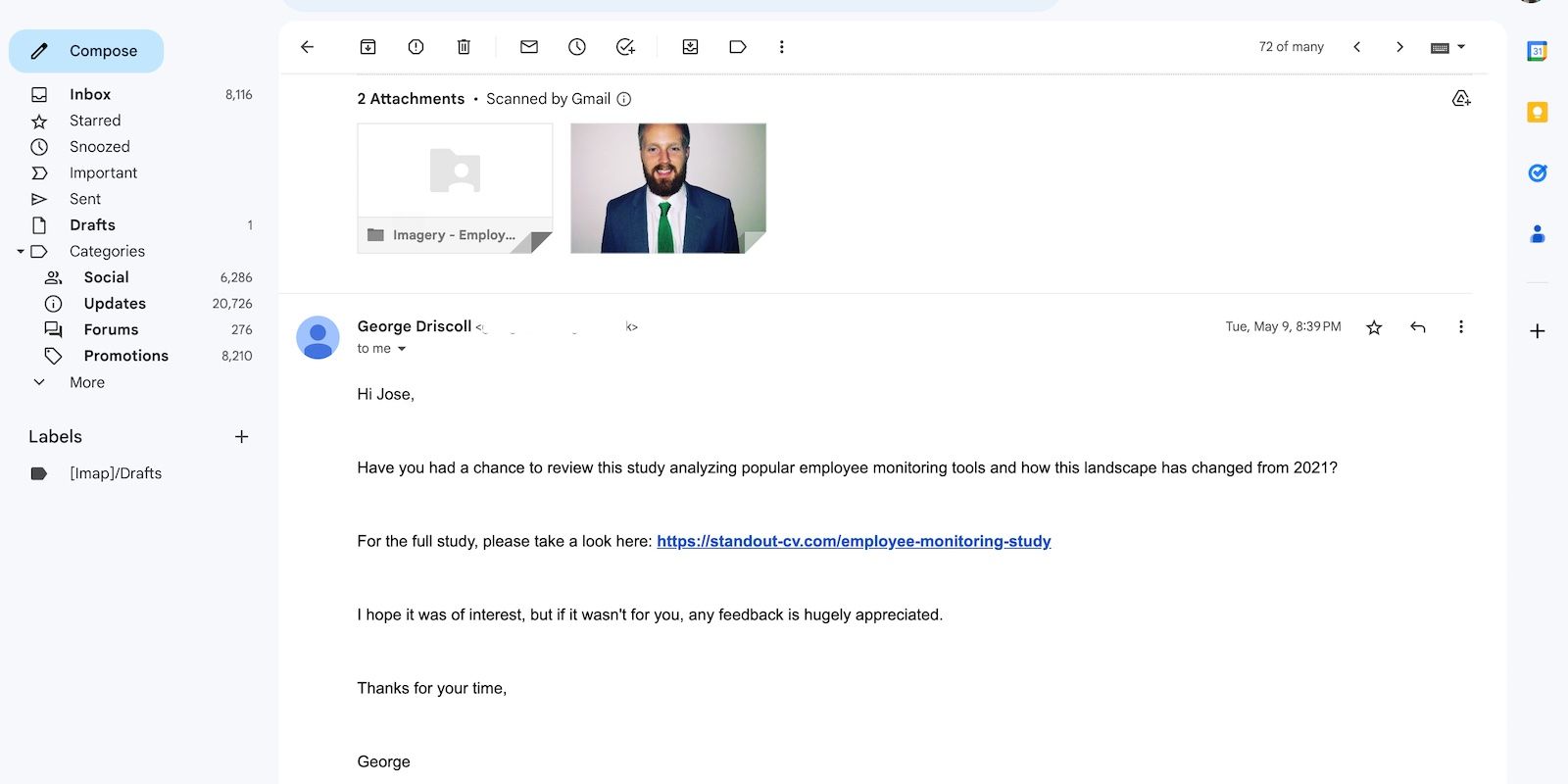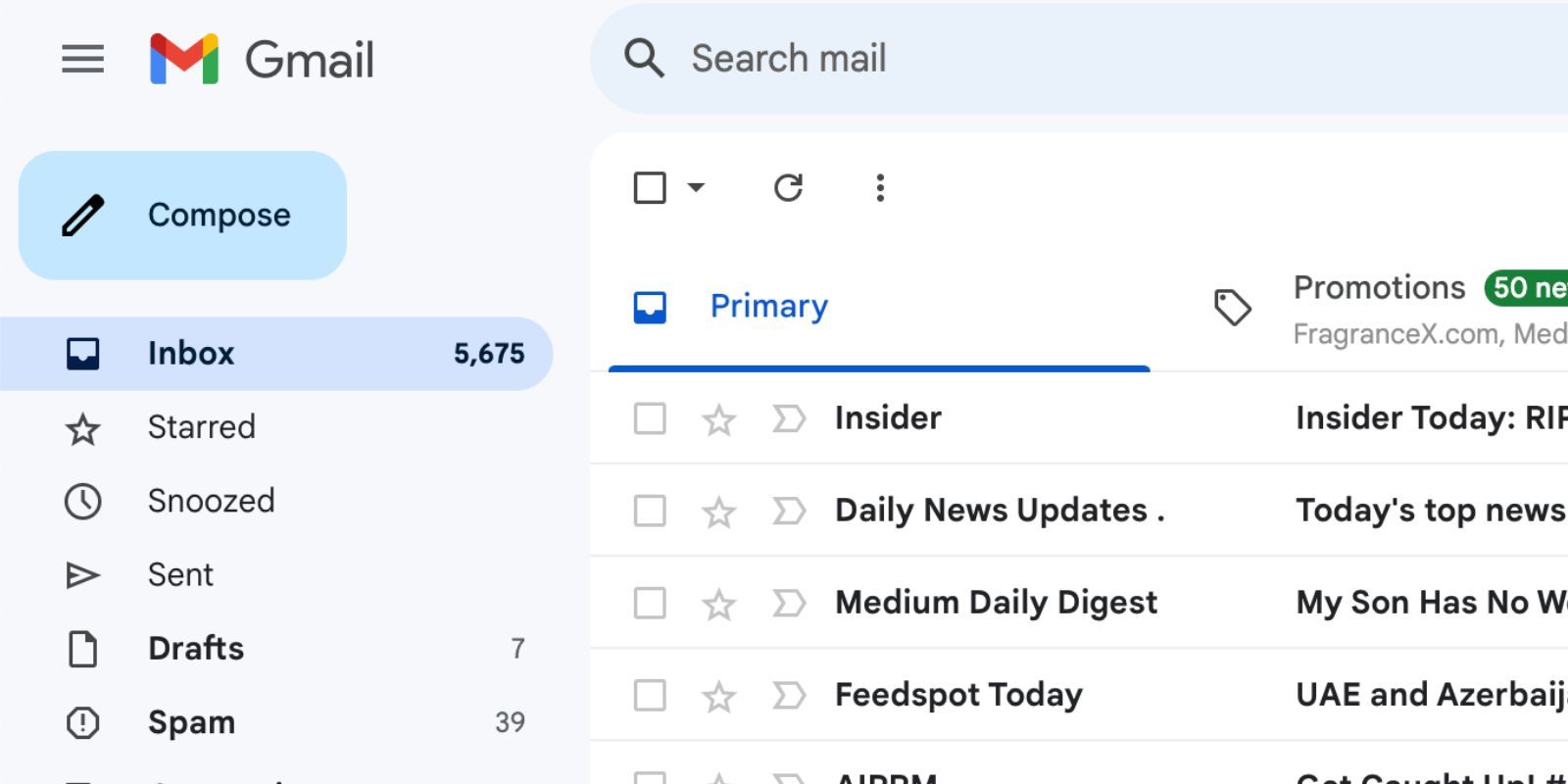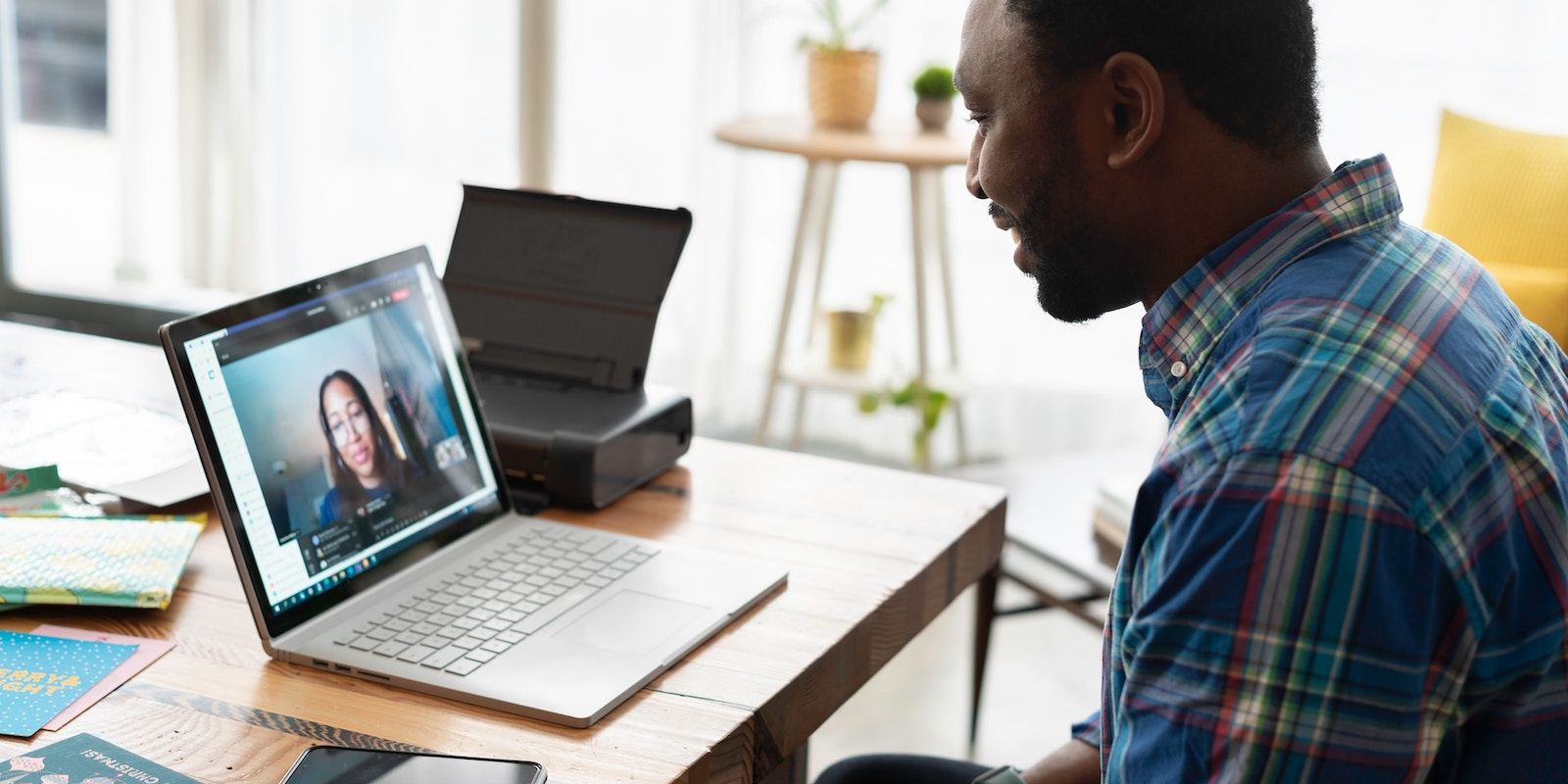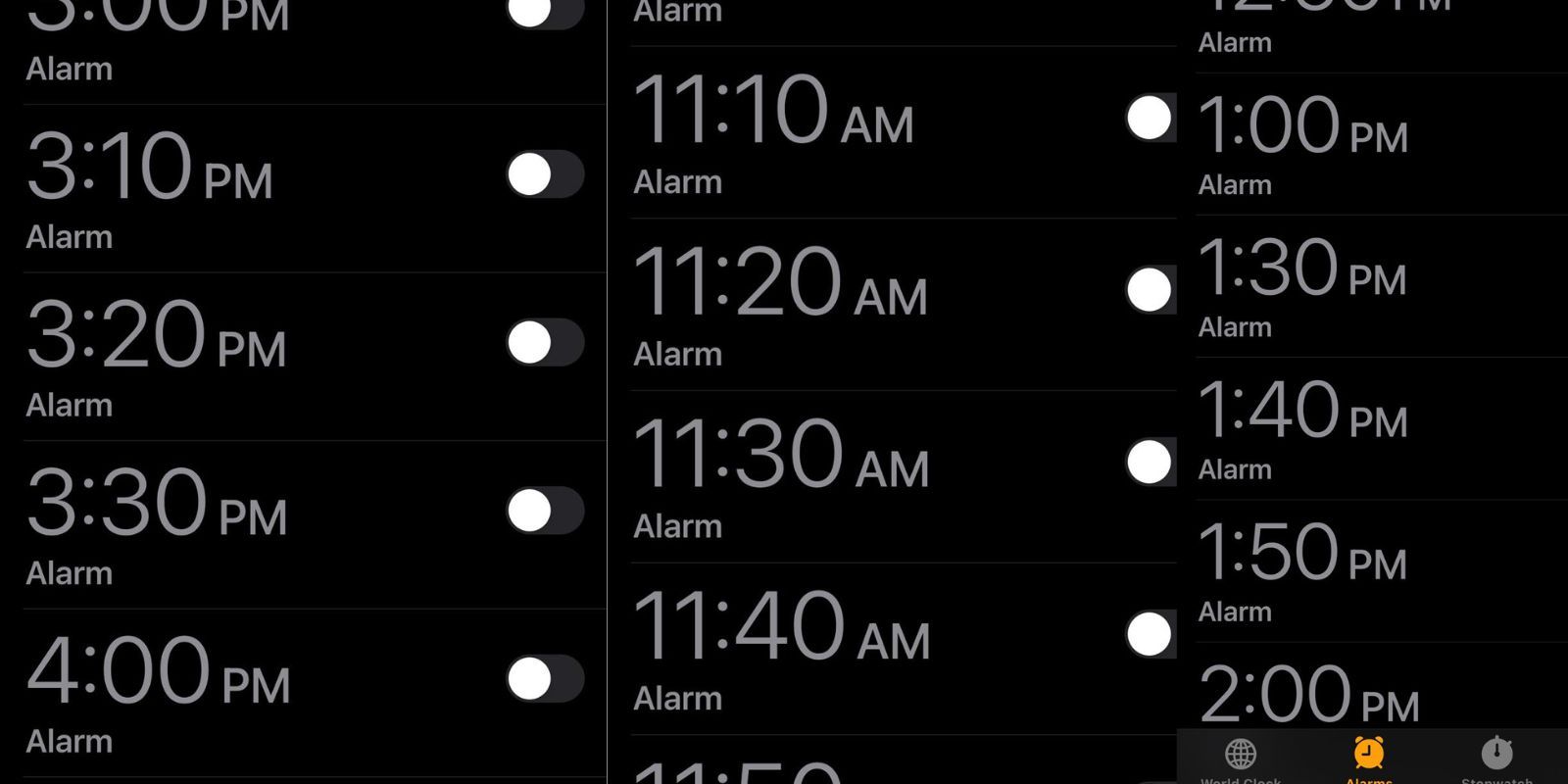People often start follow-up emails with the same opening line: “I haven’t heard from you yet.” Although straightforward, it also comes across as rude. You must carefully choose your phrasing to convey an assertive yet polite tone when sending work emails.
Recipients likely receive dozens of messages starting with “I haven’t from you yet,” so try using another opening line. Here are some professional, work-friendly ways to ask for follow-ups.
1. “Just Following Up if You’ve Had the Chance to [Insert Prior Request]”
“Just following up if you’ve had the chance to [request]” is a modest yet proactive follow-up message. It encourages prompt responses without sounding passive-aggressive. Recipients prefer gentle nudges and subtle references to prior requests better than guilt-inducing openings.
Moreover, this line implies that any delayed response is unintentional. An empathetic approach builds rapport—you’re more likely to evoke a positive reaction if you show consideration for the other party’s situation.
Take the below email as an example. The sender avoids a sales-y tone by asking a considerate yet proactive question before inserting a brief call-to-action (CTA).
2. “It Was Great Seeing You at [Event or Gathering]”
The line “It was great seeing you at [event or gathering]” is a convenient icebreaker. It establishes that you already met the recipient in person and recalls shared moments. People prioritize emails from those they know rather than strangers.
Referencing previous conversations also helps you segue into any offers or pitches without sounding sales-y. Suddenly dropping CTAs will only push away readers. To elicit a favorable response, build a professional relationship and earn the other party’s trust first.
3. “Just Bumping This Message to the Top of Your Inbox”
Say, “Just bumping this message to the top of your inbox” for a lighthearted yet urgent opening. It emphasizes the importance of prompt responses without making you look impatient. Recipients will appreciate your consideration for their busy inboxes.
Using this line also saves you the hassle of resending messages. Just make sure you reply to the correct thread so that recipients can quickly reference previous parts of the conversation.
4. “Your Inbox Must Be Loaded Right Now. Would You Prefer to Discuss [Insert Matter] Over a Quick Call?”
Follow-ups on more complex topics need specific action plans. Instead of just sending another message, suggest a clear, straightforward solution to achieve common goals. Let’s say you’re pitching a critical project. You can hasten the process by saying, “Your inbox must be loaded right now. Would you prefer to discuss [matter] over a quick call?” It’s direct and proactive but respectful.
Use meeting scheduling apps like Calendly or Rally when deciding on the time and date of your call. They eliminate needless back-and-forth emails in appointment booking.
5. “Just Sending a Gentle Reminder About [Insert Task] Since It’s Time-Sensitive”
Take control of the conversation by saying, “Just sending a gentle reminder about [task] since it’s time-sensitive.” It’s an authoritative yet respectful opening that grabs the reader’s attention. And by explaining the urgency of the situation, they’ll better understand why you sent a follow-up.
6. “Sorry for the Inconvenience, but [Insert Request]”
The line “Sorry for the inconvenience, but [request].” is a meek, polite opening for follow-ups. Use it when asking for favors or assistance. Recipients might ignore you altogether if your email just bombards them with requests.
Although respectful, we advise against saying it early in conversations. People with ill intentions take advantage of those who are needlessly apologetic or overly polite. Remember: not everyone deserves your kindness.
7. “Just Wanted to Double-Check if [Insert Question]?”
“Just wanted to double-check if [insert question]?” is neutral. Unlike other openings, it doesn’t assume that the reader overlooked your prior emails. It’s a simple, straightforward follow-up that lets the other party apologize for the delay or explain the situation.
Brief opening lines also eliminate clutter in your emails. Recipients often delay reading and answering messages with a long, tedious introduction. Stop beating around the bush, or else you’ll lose their attention.
8. “Is There Anything Else We Could Help With [Insert Project or Task] to Get the Ball Rolling?”
You can say, “Is there anything else we could help with [insert project or task] to get the ball rolling?” for more aggressive, direct pitches. It tells recipients you’re ready to seal the deal at any time. Considering its sales-y tone, only use it on those who are already interested in doing business with you.
9. “I Wanted to Ask if You’re Still Interested in [Insert Offer] and Double-Check With You Before Finalizing Everything on Our End”
“I wanted to ask if you’re still interested in [offer] and double-check with you before finalizing everything on our end.” This is a proactive yet polite way to close deals. The first part asks for direct confirmation. It implies that you reached out because the recipient is interested in your offer.
Meanwhile, the second statement demonstrates a customer-centric mindset. Regardless of the nature of your transaction, business partners are more likely to react positively if you prioritize their needs.
10. “Just Bumping This Message in Case It Slipped Through the Net”
Saying the expression “just bumping this message in case it slipped through the net” sounds approachable. It sends a gentle reminder while maintaining a positive tone. The other party won’t feel embarrassed about their untimely response, thus fostering a collaborative, understanding relationship.
That said, choose your idioms carefully. Although they add color to conversations, unusual phrases create misunderstandings. Only use one every few messages and ensure that readers will understand it based on context.
Send Polite, Professional Follow-Up Emails
There’s no one-size-fits-all template for work communication, so customize the above opening lines accordingly. Your overall tone would depend on the nature of your conversation. For instance, you can use casual phrasing with your peers, but serious work emails require formal language.
And don’t stop editing at the opening line. Your email must have a solid introduction, an engaging body, and a strong closing line to leave a solid impression. Otherwise, recipients might not take you seriously. Edit your draft several times for issues that make you look unprofessional, e.g., typos, fluff, and unnecessary attachments.
"follow" - Google News
July 16, 2023 at 12:46AM
https://ift.tt/gsxFy9b
10 Better Ways to Ask for Follow-Ups Than Saying “I Haven't Heard From You” - MUO - MakeUseOf
"follow" - Google News
https://ift.tt/HmlqZ9f
https://ift.tt/5czgXaE
Bagikan Berita Ini





















0 Response to "10 Better Ways to Ask for Follow-Ups Than Saying “I Haven't Heard From You” - MUO - MakeUseOf"
Post a Comment